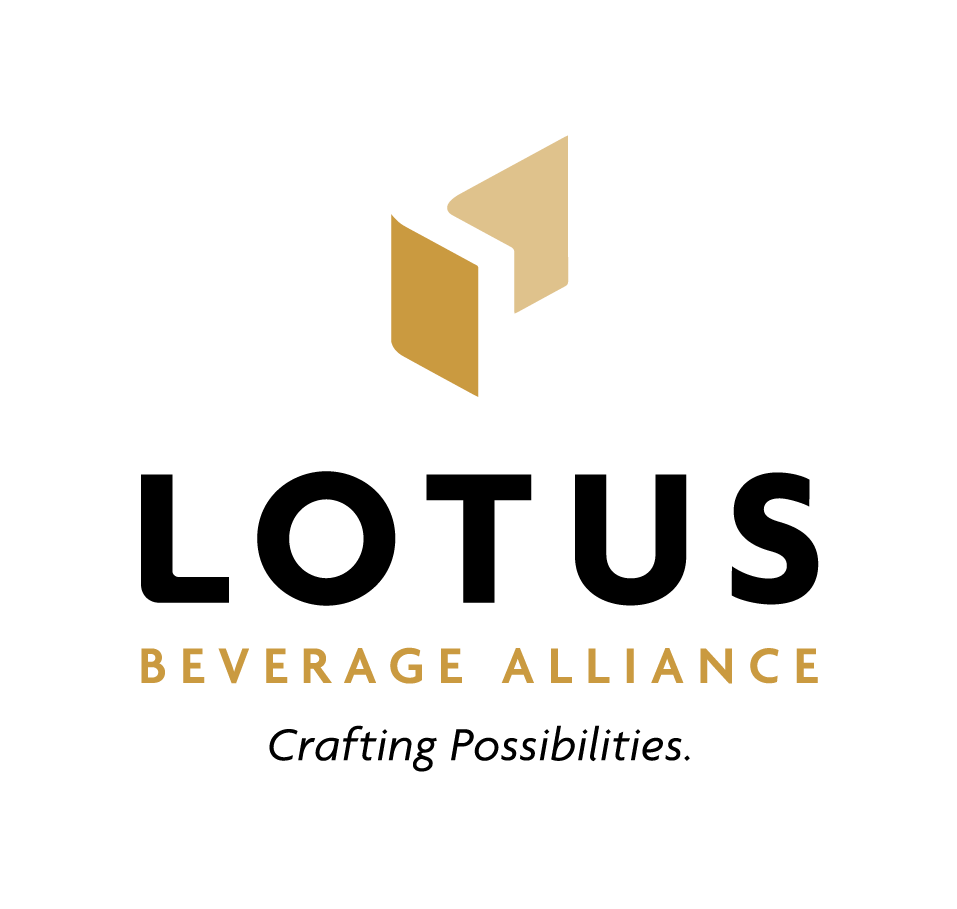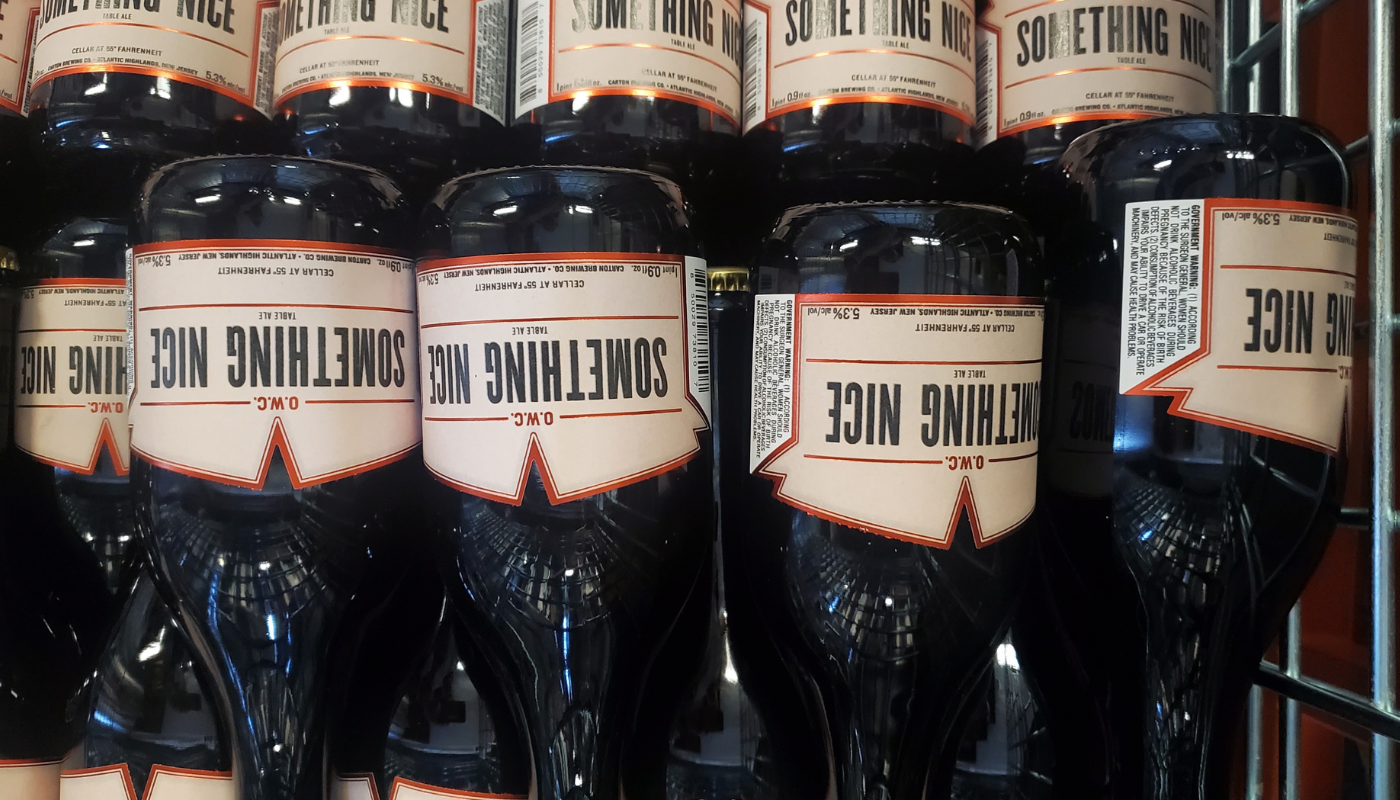Cans were the laughingstock of craft beer until they weren’t. Long gone are the days where beer cans signified cheapness or a lack of product quality. Once relegated to the world of flavorless, macro lager, cans now signal to consumers cool, fun, and engaging products. With the rise of canned craft beer, however, there is one obvious loser: the once ubiquitous bottle.

Packaging featured expert topic supported by Lotus Beverage Alliance
Lotus Beverage Alliance unites expert manufacturers and suppliers to empower your craft beverage business. We are allied to be the complete resource for equipment, ingredients and parts supply – all backed by exceptional service. Meet our alliance: Alpha Brew Ops, GW Kent, Stout Tanks and Kettles, Brewmation, Twin Monkeys, and Automated Extractions.
For a long time, craft brewers derided the use of cans. Boston Beer Company famously refused to put its beer in cans, even going so far in 2005 to release a Beer Drinker’s Bill of Rights. Number six on that list: Beer shall be offered in bottles, not cans, so that no brew is jeopardized with the taste of metal. By 2013, the company changed its tune and released its flagship Boston Lager in cans for the first time.
As brewers’ concerns over BPA, contact with the metal surface, and other issues subsided or were otherwise addressed, and as the number of brewers grew rapidly, many new entrants harbored no such concerns about cans. They bought less expensive canning lines and preferred to manage the less heavy and less breakable packaging option. And then smaller craft brewers realized that tall 16-ounce cans provided a new canvas for art promoting their brands and were easily portable, and then revolution was set.
In 2014, the Brewers Association (BA) reported that in its craft-defined demographic, bottles accounted for 86-percent of packaged products, with cans comprising just 14-percent. From that point on, bottles started to slide while can use increased. By 2016, packaged beer numbers started to slide as tap rooms became more popular. That year bottles accounted for 75-percent of packaged products, with cans nearly hitting 25-percent. Two years later, bottles slid to just under 60-percent, with cans at 40-percent.
Fast forward to today, and glass bottles still remain deeply ingrained in the craft beer industry, but largely as packaging options for large national and regional players or for upscale, fancy beer releases. In his recap of 2023 craft beer packaging trends, the BA’ Chief Economist Bart Watson reported that cans continued their multi-year increase of production share. Cans grew at nearly four percent by volume, while bottles were down nine percent. Cans now control a whopping 68.4 share by volume compared to just 31.4 share for bottles.
The first few months of 2024 continue to see bottle sales slide, according to NielsenIQ, with cans up 3.5-percent in dollars and 1.4-percent in volume while bottles are down 11-percent in dollars and 12.9-percent in volume across the full category. When you drill down on the data for smaller and mid-sized craft brewers, can dollars grew one-percent and lost almost one-percent in volume, while bottles dropped 12.6-percent in dollars and 13.6-percent in volume.
In 2024, six-packs continue to dominate bottle sales for craft brewers, controlling 57-percent of all bottled beer packaging. Twelve-packs constitute 28-percent, followed by singles and four-packs in single digits. For smaller and mid-sized craft players, 60-percent of bottles were in six-packs, followed by 21-percent in 12 packs, and seven-percent in four-packs. Bottle sales and volume from small brewers were down across all package sizes.
Despite the advances of cans in craft beer in recent years, Watson reports that the trend is slowing a bit. “That three-point share shift was actually the smallest in the past few years, suggesting that can share growth is decelerating,” he wrote. Part of the rise in bottles is the resurgent popularity of 12-packs and mixed packs. While 12-pack cans have now surpassed six-pack bottles in both dollars and volume according to the BA report, six-packs are still trying to hold on. “Six-packs are still the plurality of craft packaging, but they are now down to 43 share of volume,” wrote Watson. “It’s likely that singles and 12-packs will pass them in 2024, though they probably won’t pass four-packs and six-packs collectively. That’s a pretty big shift.”
Single use beers are also dominated by cans, much of this due to New Belgium’s Voodoo Ranger series. “Maybe I’m showing my age in the industry, but one other thing I noted when looking through the [NielsenIQ] data was how much singles are almost exclusively a can game these days,” wrote Watson. “When I started in craft, the 22-ounce bottle reigned supreme as the single pack of choice. Today, 22-ounce bottles are seventh amongst singles, with under two share of single dollars. Four can sizes (19.2-, 16-, 12-, and 24/25-ounce) are the top four single packages, collectively making up more than 85 share of single dollars.” By 2018, Watson wrote that “[t]he epitaph of the 22oz bottle has already been written several times, and there were few signs of revival in 2018.” By 2023, the statistics don’t even reflect the moribund sales of the once iconic good-time and sharing friendly package. RIP 22-ounce bottles.
Despite the continued growth of higher alcohol beers, including imperial/double/triple IPAs and hazy versions of the same in cans, sales of these styles in bottles have fallen substantially. Whereas imperial/double/triple IPAs in cans grew at 27-percent in dollars and 22.9-percent in volume in the past year, they dropped 7.2 percent in dollars and 10-percent in volume in bottles. Hazy imperial/double/triple IPAs grew at 89.6-percent in dollars and 85.8-percent in volume in cans, while plummeting 46.8-percent in dollars and 53.2-percent in volume in bottles in the past year. The contrast between the package types could not be greater in these hot style categories, which are the only ones driving real growth in craft beer today.
Glass producers continue to tout the full recyclability of glass compared to the more limited ability for aluminum cans. They also point to the possibility of reusing bottles, a topic we discussed last year, which is common in Europe. Glass manufacturers suggest that consumers will return to glass as a more environmentally friendly alternative, though little evidence supports such a shift.
